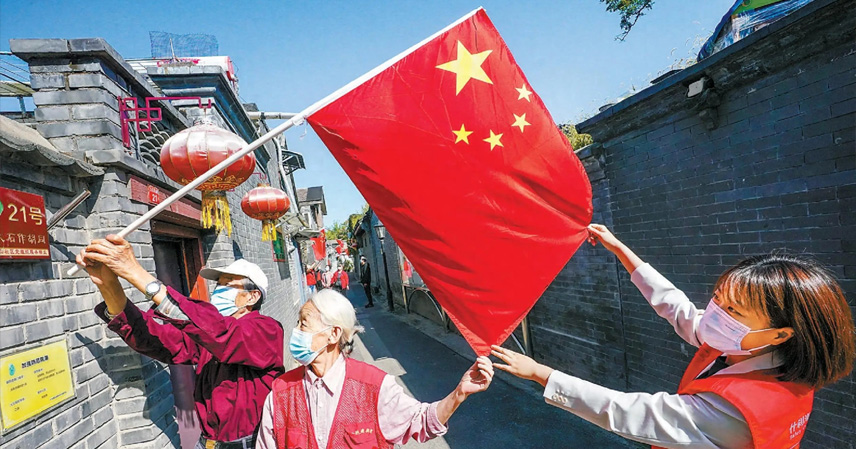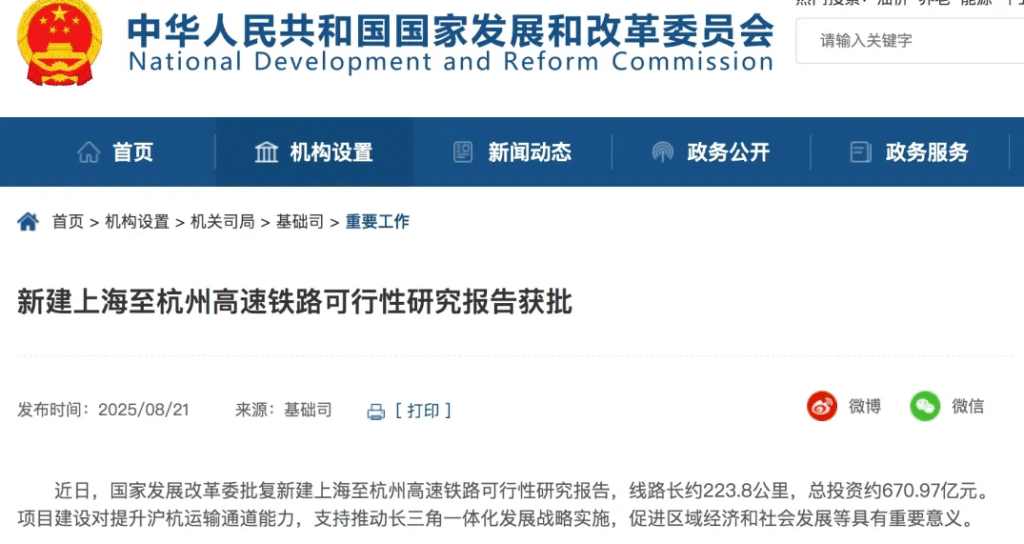As the saying goes, “Prosperity shines under the clear sky, red flags dance with the autumn wind.” With just two days left until China’s National Day, people are eagerly anticipating one of the country’s most important holidays, celebrated with the same weight as the Spring Festival.
This year, the holiday coincides with the Mid-Autumn Festival, adding an extra day off and doubling the sense of festivity. Yet, while most people are waiting for family reunions and celebrations, some have noticed a few unusual trends ahead of the holiday—changes that stand out compared to previous years.
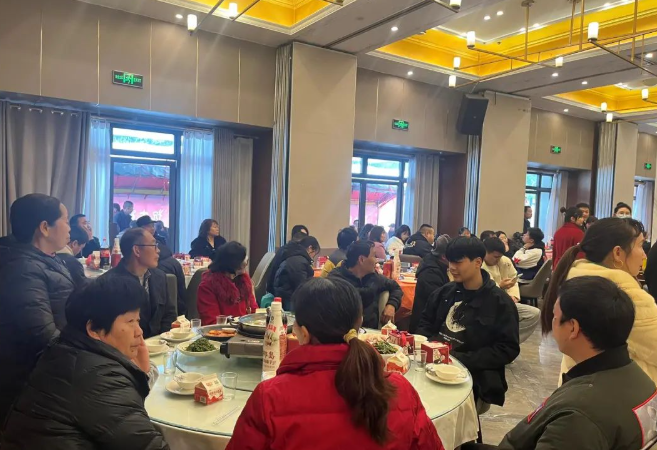
1. Hotels See a Boom in Bookings
The catering industry has long described September and October as the “golden season.” This year, business appears far better than in recent years. Large hotels, in particular, have attracted more customers through outdoor dining setups and competitive pricing.
In the days leading up to the holiday, hotel bookings for banquets have surged—not just weddings, but also family gatherings, corporate events, and class reunions. Many hotels have shifted away from their former “aloof” approach, instead winning over customers with better food quality and affordable prices, creating a thriving business cycle.
2. Alcohol Sales Plummet
By contrast, the liquor market is struggling. Whether premium baijiu or mid-to-low-end brands, sales remain weak despite discounts and promotions. Many expected strong demand since National Day overlaps with Mid-Autumn, but the reality has been disappointing.
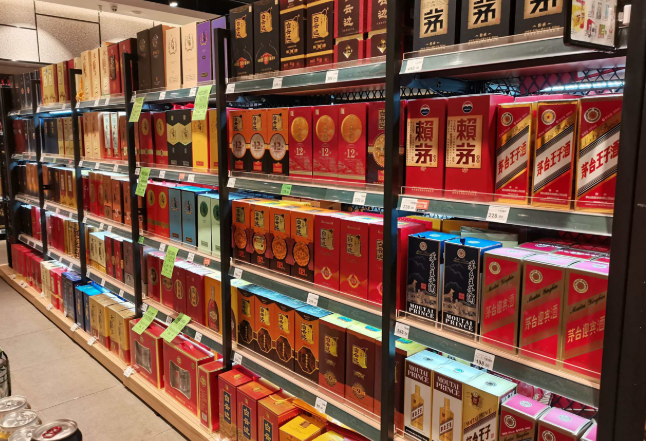
Why? Gift-giving customs are changing. Compared to the past, the ritual of exchanging alcohol has declined, with many families choosing to meet only during Spring Festival. Rising costs and the desire to preserve holiday time may also explain the decline in liquor sales.
3. Meat and Eggs Stable, Vegetables Skyrocket
Traditionally, meat and egg prices rise before major holidays, but this year they’ve remained stable. Surprisingly, it’s vegetables that have seen dramatic price hikes.
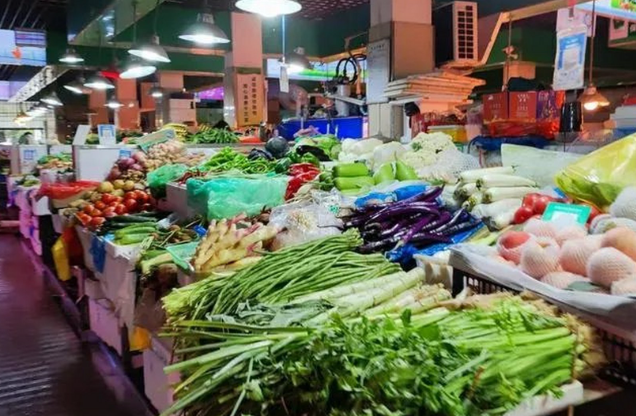
Examples include snow peas at ¥13 per jin (≈$1.80 per 500g), spinach at ¥9, garlic sprouts at ¥8, and cucumbers and tomatoes around ¥5. Such high vegetable prices have left many consumers feeling they “can’t afford greens anymore.”
4. Hairy Crabs Lose Appeal, Swimming Crabs Take the Lead
For years, hairy crabs—especially from Yangcheng Lake—have been the go-to Mid-Autumn gift. But this year, sales have slumped. Vendors complain that while prices are down 20% from last year, buyers remain hesitant.
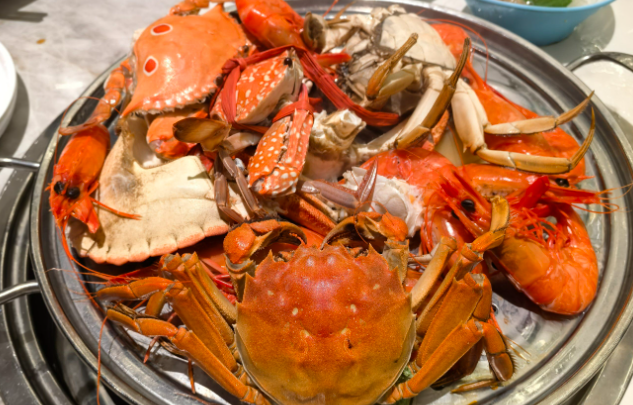
Instead, swimming crabs have emerged as a surprise favorite, with sales up 30%. Logistics improvements, younger consumers’ preference for “trendy seafood,” and a shift away from “cliché gifts” have helped them rise in popularity. Many now feel sending specialty local products shows more thoughtfulness.
5. Simpler, More Relaxed Weddings
National Day has always been a peak wedding season, and this year is no exception. However, wedding styles are changing.
Instead of elaborate, drawn-out ceremonies, many young couples now prefer simpler celebrations: a brief exchange of vows followed by a joyful meal with family and friends. The shift away from heavy rituals reflects changing values, prioritizing comfort and sincerity over tradition.
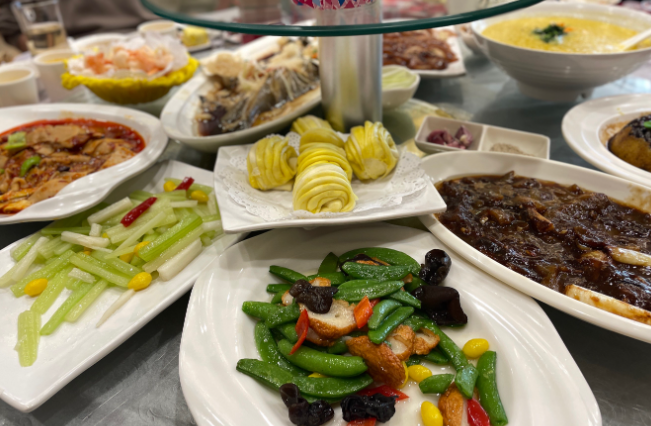
As National Day approaches, these five unusual trends reveal subtle but meaningful shifts in consumer habits and social customs. Have you noticed similar changes in your city? What other “holiday surprises” have you observed? Share your thoughts in the comments!

